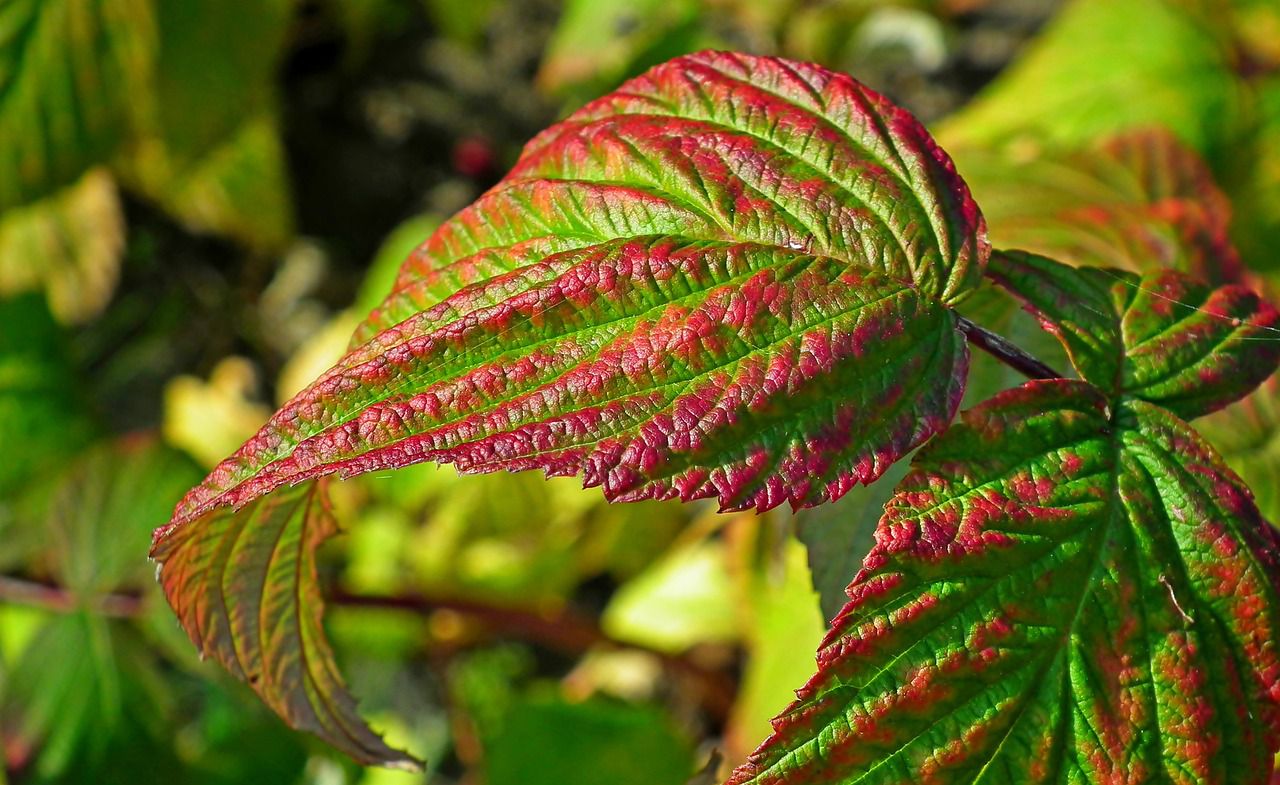Pruning raspberry plants in fall: Should you do it?
Whether you should cut off dry raspberry plants in the fall depends on the specific type of raspberry plants you have and your local climate.
Raspberry plants can be classified into two main categories: summer-bearing and everbearing.
Here's how to approach pruning summer-bearing raspberry plants.
Pruning Time
For summer-bearing raspberry plants, the best time to prune is typically after they have finished bearing fruit for the season.
This is often done in late summer or early fall.

Pruning Technique
Prune out the canes (stems) that have borne fruit during the summer.
These canes will not produce fruit again, so removing them is essential to encourage the growth of new canes in the next growing season.
Leave New Growth
Be sure to leave the new canes that have not yet produced fruit.
These are called "primocanes," and they will bear fruit in the following summer.
Now, let's talk about everbearing raspberry plants.
Pruning Time
Everbearing raspberry plants can be pruned differently depending on your goals.
If you want a larger fall crop, prune them similarly to summer-bearing raspberries.
However, if you want a smaller fall crop and a larger crop in the following summer, you can follow a different pruning schedule.
Pruning Technique
If you want a fall crop, cut back the canes that have already borne fruit in late summer or early fall.
Leave the new canes that will produce fruit in the fall.
If you want a larger summer crop, you can wait to prune until early spring, removing the dead or weak canes.
